In case you wanted a little more bang for your battery on an upcoming Nvidia Tegra 3 device, a new little nugget of information regarding Nvidia’s quad-core, Tegra 3 processor was revealed yesterday during the UBS Global Technology and Services Conference. Nvidia CEO Jen-Hsun took the stage talk about a new technology Nvidia is calling DIDIM that boosts battery life in a device by reducing the main culprit of battery drain — the display.
DIDIM essentially optimizes the backlight of a device’s screen while performing functions like watching a movie. Now, I know this sounds a bit like “auto-brightness” but it’s a little more complicated than that. DIDIM actually has the ability to adjust the backlight of an image by the pixel, per frame, that when added up, means a whole lot of battery savings for the end user.
According to Nvidia, our eyes will react the same way as if nothing was going on, making the process indistinguishable from a device without DIDIM. What you will notice however, is the promised 40% longer battery life when watching a movie on a device powered by a Tegra 3 processor.
First the companion core and now this? I feel like the next news we’ll hear is the Tegra 3 processor actually charging our devices while unplugged. Can’t wait to get my hands on a Tegra 3 device later this year. How ’bout you?
[Nvidia via AndroidandMe]


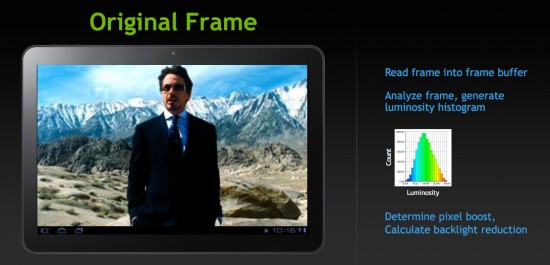
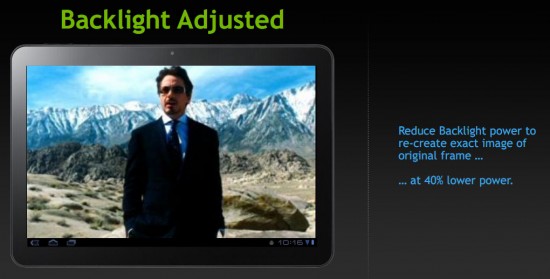
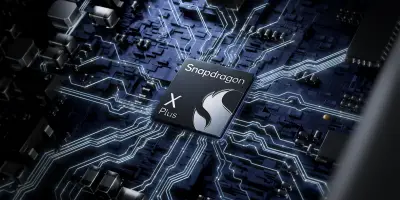
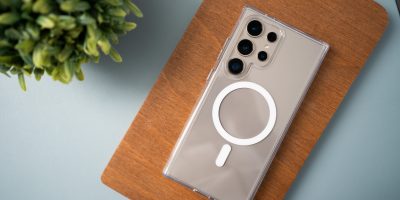
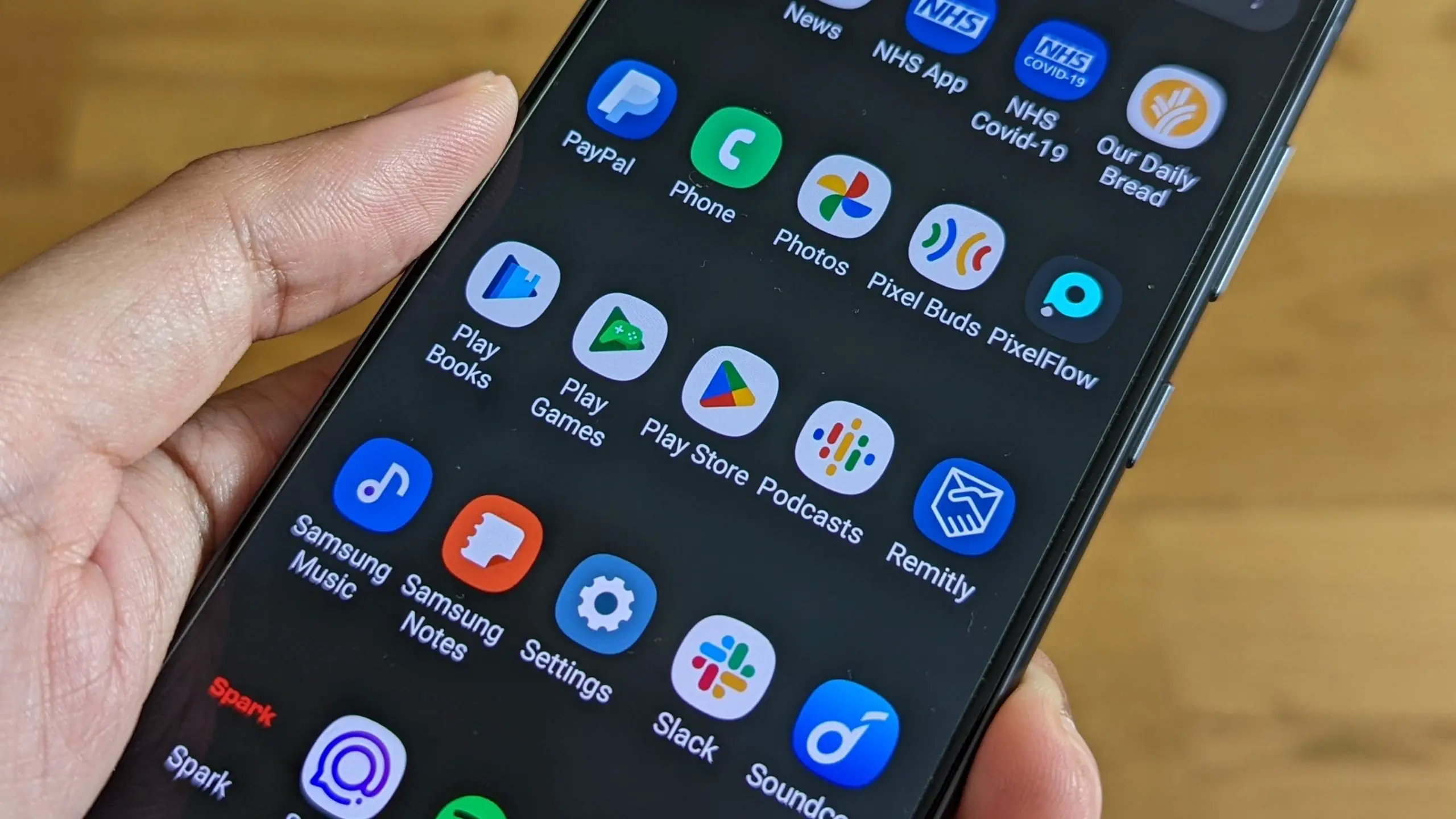
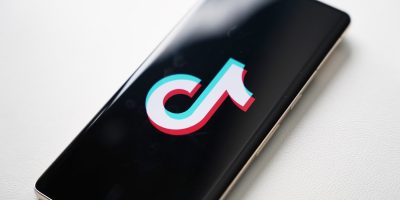

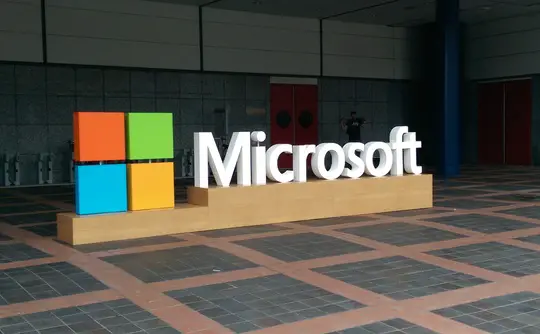



this will be in my next cell phone for SURE since im not due till June for an upgrade
and on a side note they aren’t promising 14 hour movie watching time, they are saying if your tegra 2 device gets 10 hours, then that SAME device with tegra 3 will get roughly 40% more play time due to this technology, adding up to 14 hours
Good point. No device on this earth can playback video for 14 hours. Lol
I don’t believe them we need someone to see if a tegra 2 phone will last for 10 hours.
My stock Photon 4G does 10-15 hours on medium use and 8 hours on heavy.
But is that the same as playing videos for 10 hours?
I can play about 7-8 hours of video playback.
Ok so that is 20% to 30% less then Nvidia’s numbers so then we can really expect 10 to 11 hours on Tegra 3, still not bad at all. Thanks for the help.
That’s on a phone. I can’t wait to see the actual tablet benchmarks and battery stats.
the device is a tablet, you guys are failing to see the point, obviously playback time depends on the BATTERY used more then anything, BUT what they ARE saying, is that a samsung galaxy tab can play back for hours with tegra 2, well if you replace it with tegra 3 you can get up to 14 hours.
its a RATIO of battery IMPROVEMENT, not promise of playback time
A docked Transformer Prime will supposedly do it for 18 hours.
i dont watch movie, does it still work?
I’m buying an Asus Transformer Prime the first day it comes out. It is awesome!
I might do the same seeing as the Galaxy Nexus is proving to be somewhat of a disappointment if the recent rumors turn out to be true.
I’d keep my OG Droid for a few months maybe even a couple years longer…focusing on my Asus TP for most of my Androidness and using the droid simply for phonecalls n’such.
i imagine a lot of people might start this trend soon. if carriers keep disappointing us by screwing with all the hardware/software, & tablets price on par to a new phone, it seems to make sense in many ways. at least till the market saturates a little. the og & a new Prime sound good to this geek for a while ;-)
WOW very cool!
i dunno, i can get about 8-9 hrs of video playback on my ipad2 (i know i know) so the newer android devices packing a tegra3 should certainly be able to get up to the 12 hour mark or so i would guess…maybe they’ll even hit 14 with some tweaks.
Can’t wait for the transformer prime!!!
I am without doubt picking up the transformer when it drops. Sweet!
Are you sure it adjusts the backlight for each pixel? It sounds more like it lowers the backlight and then brightens the image. So for example if you have a 164, 198, 57 pixel (Android green), Nvidia’s technique would reduce the brightness of the backlight by like 50% and then brighten the pixel to say 248, 255, 86 and still get it to look like the same Android green.
The only problem they’d run into is if the screen has any pixels of white, 100% red, 100% green, or 100% blue on it. The closer any single pixel gets to white or pure R, G, or B value, the less they can dim the backlight and still produce an exact matching image.
I think to get any practical power savings with this method, you’d have to lose some color depth in the adjusted image under most cases.
this is my thinking too.
the main difference between LCD and OLED is that fact that LCD needs a back-light that CAN NOT be changed for individual pixels, the whole screen is either lit-up or not, then darker colours have to block the light.
this is why blacks are not as deep as they can be because they are trying to block out the light that shouldn’t be there.
unlike OLED that has the pixel emit it’s own light and hence huge power savings and picture quality.
I’d rather have the option to enable this as i prefer to have accurate color when watching a movie.
I think no one can touch Nvidia for tablet processors. They are really stepping up their game, leading the way in innovation.
Nice. Looking to get the TF Prime and pass the TF101 to my gf.
Going by the last Tegra track record, they usually rush a product, just to be the first one out, and thats how they ended up dominating the mobile feild with the tegra2 for a while (a good strategy really). This doesnt seem to be the case at all from what I’ve heard about the tegra4, and if it is, then the competitors from Samsung/TI/Qualcomm are gunna blow the pants off the mobile market
If this were coupled with the new Li-ion battery design by Northwestern University that boosts storage capacity by 10 times the current amount…this device would have power to spare. http://mybadcomputer.com/blog1.php/2011/11/20/new-li-ion-battery-design
But the problem is that technology will not be available for another 5 years or even more..
This is not a “new” technology, but its about damn time its put to good use. Some models of the Sony Bravia HDTVs particularly the high end 120hz-240hz 47″+ tvs dim the backlight in low contrast images, most notably during rolling credits. Im not sure how DIDIM is different, but I assume it ends up being maintained by the gpu as a very simple instruction set.
nah FAIL!!!!…the difference IS distinguishable…in their own pictures…
look closely at the background…especially the rock to his right:
you can see that there is clearly loss of clarity and sharpness…as a matter of fact everything has lost it’s sharpness and appears slightly blurry…
if you’d prefer longer battery life then by all means go for it, but if you’re buying a device for it’s screen DON’T!!